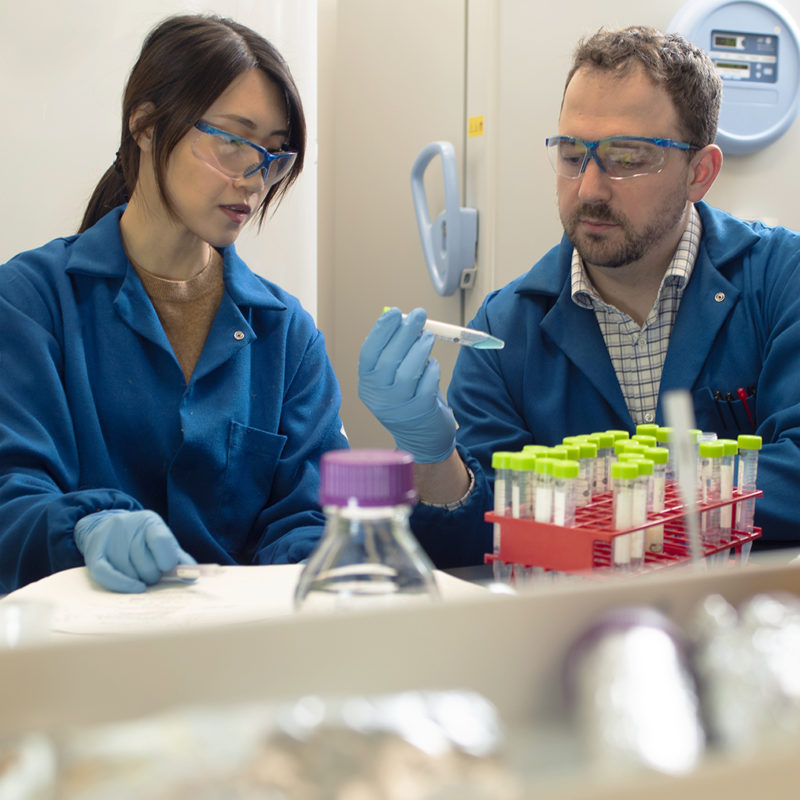Researchers at the University of Notre Dame are working to engineer a safe and effective injectable glucose-responsive hydrogel that could limit the long-term effects of insulin dependence and be administered in a single daily dose.
“Normal blood glucose function,” says Matthew J. Webber, assistant professor of chemical and biomolecular engineering, “is controlled by insulin and, to a lesser extent, a protein called amylin. In type 1 diabetes, the biological signals to release insulin and amylin are absent, yet typically only insulin replacement therapy is offered.” Webber and his team are developing an injectable hydrogel — containing insulin and an amylin-like protein — that would sense glucose levels in the body and react in a manner more similar to a healthy pancreas.
Type 1 diabetes, also known as juvenile diabetes, is an autoimmune disease that destroys insulin-producing cells. People with the disease must monitor their food, exercise and blood sugar, administering insulin throughout the day. This regimen is prone to inaccurate dosing, which causes unhealthy swings from high to low blood sugar. Years of these fluctuations lead to long-term health issues such as kidney disease, heart disease, stroke and nerve damage.
“One challenge with current blood-glucose management approaches,” says Webber, “arises in replacing the amylin signal that is lost. A healthy pancreas secretes both proteins at the same time.” Though both are vital in the management of blood-sugar levels, the amylin component presently requires separate injections due to a limited ability to co-formulate insulin and amylin into a single injection.
Webber and his group are supported by a five-year grant from JDRF, the leading global organization funding type 1 diabetes research.
Close to 1.6 million Americans are living with type 1 diabetes, including approximately 190,000 individuals under the age of 20. Incidence of the disease has increased in recent years, with 5 million people in the U.S. projected to develop it by 2050.
— Nina Welding, College of Engineering
